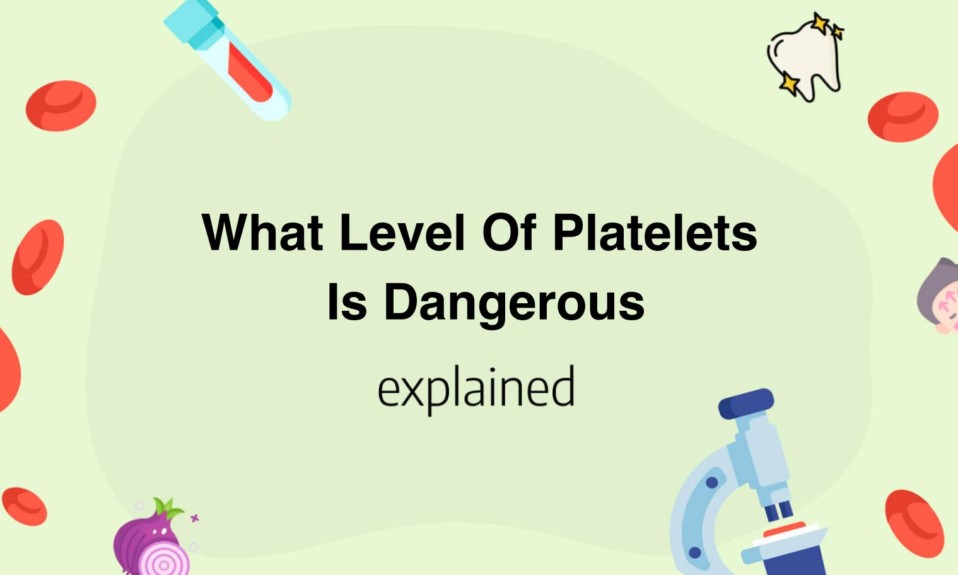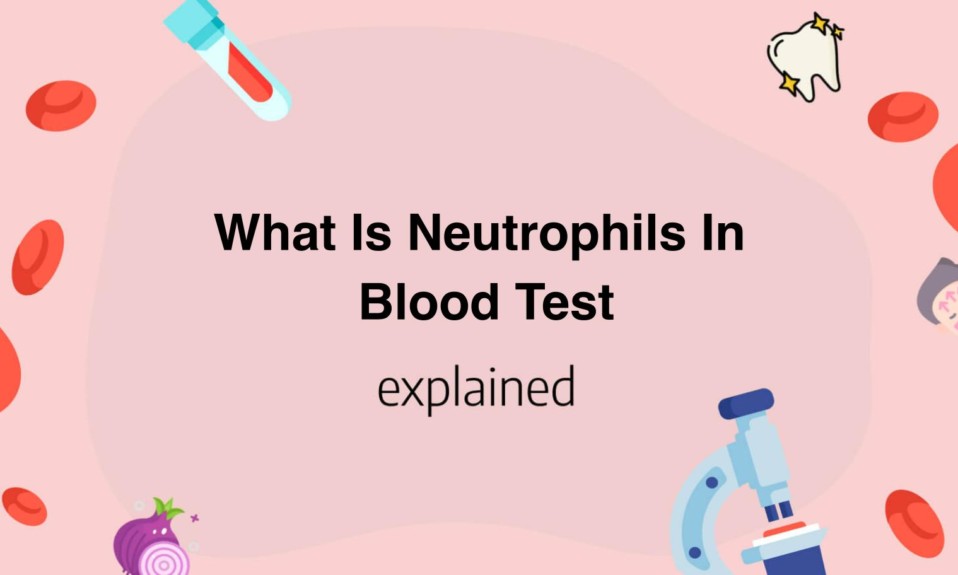What are reticulocytes?
Reticulocytes are young, immature red blood cells that have just been released into the bloodstream after being produced by the bone marrow.
Their development to the stage of a mature red blood cell (hematite) takes about three days in the bone marrow and a little more than a day after migration into the blood.
What is the function of reticulocytes?
Reticulocytes is a very important indicator for doctors.
The number of reticulocytes in the blood reflects the activity of erythropoiesis, the production of red blood cells from the bone marrow.
Why is it important to measure reticulocytes?
The reticulocyte count, the assessment of the number of reticulocytes in the blood, is used for the diagnosis of anemias, but also for the assessment of the response to treatment of patients with aplastic (with little or no functioning bone marrow) or who have undergone bone marrow transplantation.
It can also be useful in other situations, such as treatments that are toxic to the bone marrow, or to look for the presence of hidden bleeding.
The number of reticulocytes increases when the bone marrow tries to regenerate the stock of red blood cells, for example in cases of anemia or after a hemorrhage.
How to measure reticulocytes?
Reticulocytes are usually measured through a complete blood count. This blood test is very common and helps doctors diagnose diseases.
Reticulocytes normal ranges
In the normal state, reticulocytes represent in number about 0.2 to 2% of all red blood cells.
An absolute reticulocyte count can therefore only be assessed in relation to the number of red blood cells.
In practice, between 25,000 and 100,000 per mm3 of blood.
What does a high reticulocyte count mean?
When the reticulocyte count is greater than 150 G/L, we talk about regenerative anemias. These anemias are related to a loss of red blood cells or a destruction of red blood cells.
Possible diagnoses
An elevated reticulocyte count in the blood can have several causes:
- Posthemorrhagic anemia. Acute hemorrhage
- Hemolytic anemia. Hemolysis is the rapid destruction of red blood cells.
- Bone marrow regeneration, for example after a transplant
- Taking medication such as erythropoietin
- Respiratory disease resulting in oxygen deficiency (chronic obstructive pulmonary disease, etc.)
What does a low reticulocyte count mean?
When reticulocyte levels are below 25 G/L, aregenerative anemias are caused by bone marrow dysfunction, vitamin B12 or folate deficiency, renal or pituitary insufficiency, alcoholism, or undernutrition.
Possible diagnoses
A reduced level of reticulocytes in the blood (reticulopenia) can have several origins:
- Anemia related to inflammation, infection or tumor
- A deficiency of iron, vitamin B12, folic acid (folates)
- Refractory anemia
- Renal insufficiency
- Myelodysplastic syndromes, certain myelomas and leukemias









